How much electricity does a light bulb use? And how much does it cost?
We've worked out how much it costs to run a light bulb per hour – plus the energy-saving features to look for
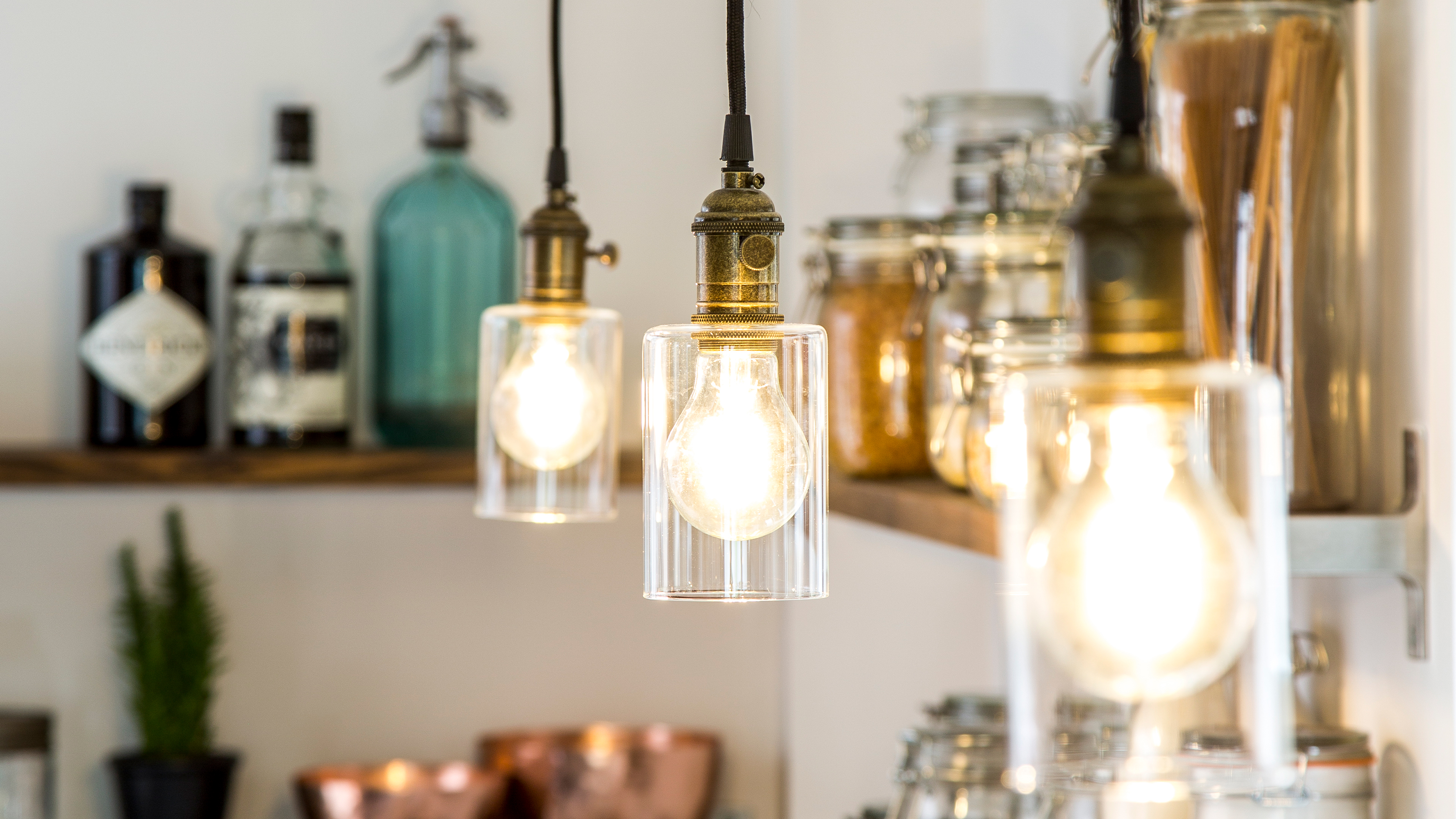

Millie Hurst
This article has been updated to show the new cost to run based on the January 2025 Energy Price Cap. It has also been fact-checked and any out-of-date information removed.
We flip a switch, and like magic, a room fills with light. It’s something we hardly think about—until the electricity bill arrives, that is. But have you ever wondered just how much electricity a light bulb uses every time you brighten up a room? And how much it costs to run?
Sure, it’s just a tiny bulb, but with lights glowing in every corner of the house, those watts can start to add up faster than you’d expect, as your smart meter (and a nagging partner or parent) may verify. And with darker evenings and mornings on their way, our lights will soon be on a lot more.
Different types of light bulbs use different amounts of power, as do varying wattages. We’ve worked out the answer to how much does it cost to run a light bulb per hour in your home, and we also have some bright money-saving ideas.
How much electricity does a light bulb use?
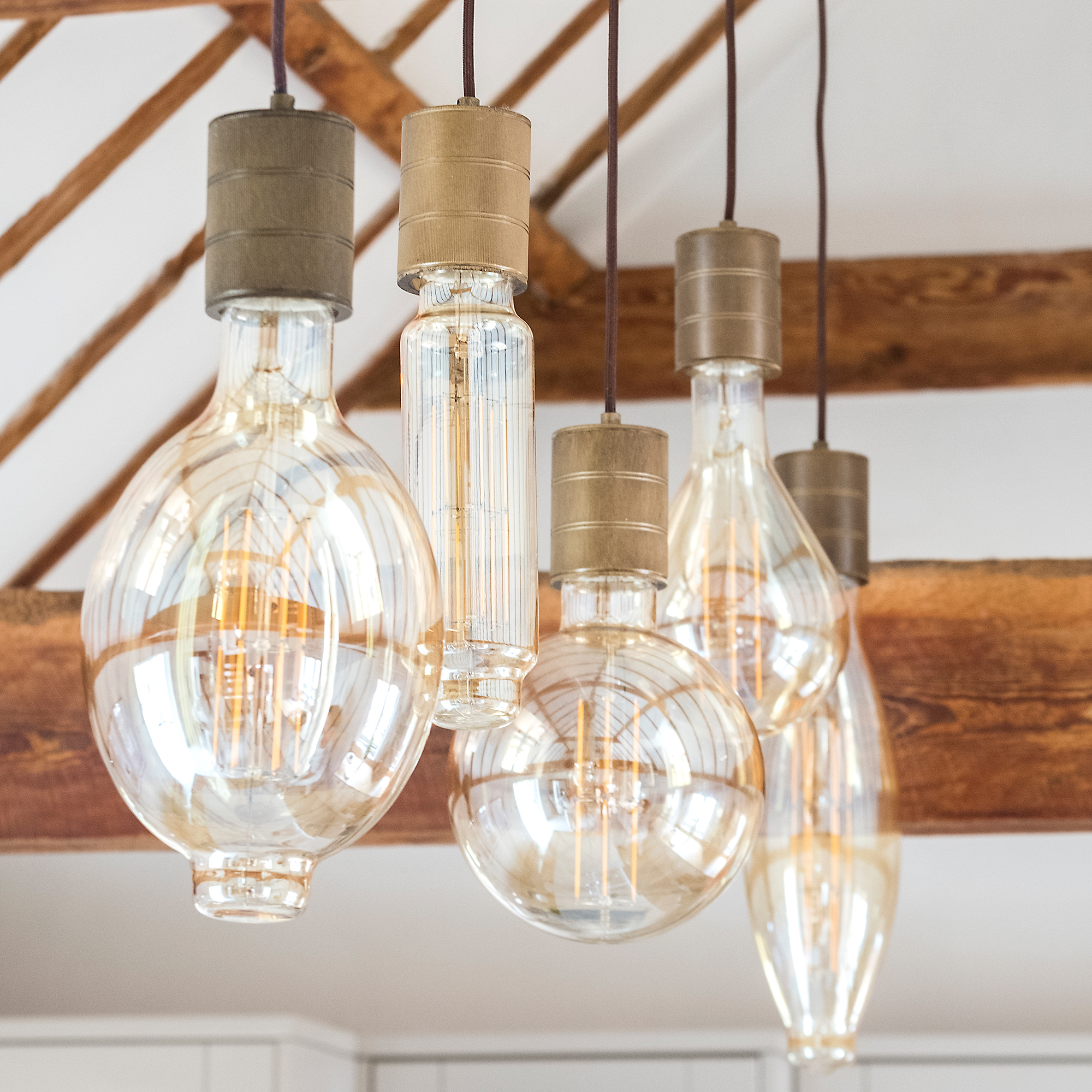
It can be hard to know what uses the most electricity in a home, but this knowledge can help to cut down energy usage and therefore bills.
Many of us associate wattage with the amount of light a light bulb gives out – a dimmer 25W bulb compared with a brighter 60W bulb for example – but the wattage of a light bulb actually equates to the amount of electricity it uses. Brightness is measured in lumens.
This is why it’s common to see lower wattage bulbs described as ‘equivalent to 60W’ – it’s not the energy they require that’s equivalent, but the brightness.
The best way to work out how much electricity does a light bulb use is by converting the wattage to kilowatts. A 100W light bulb would use 0.1kW per hour.
Sign up to our newsletter for style inspiration, real homes, project and garden advice and shopping know-how
- Higher energy light bulbs, such as incandescent (up to 100W) and halogen (up to 120W), are being phased out. However, you may still have some of them working in your home, and you can buy decorative exposed carbon filament light bulbs that are typically 40-60W.
- CFL (or compact fluorescent lamp) light bulbs are the most common energy-saving bulb. They’re as it sounds – small fluorescent lights that typically use 60-80% less energy than an incandescent bulb yet can be up to four times more efficient. Their wattages tend to range between 6-22W.
- LED light bulbs are the most energy efficient, with typical wattages ranging from 4-18W. ‘Replacing standard bulbs with LED alternatives means you will only be using a fraction of the energy of a normal bulb,’ says Matt Manning, Group Carbon and Environment Manager at Currys. ‘Lights can be left on as needed, without the worry of a high electricity bill.’
How much does it cost to run a light bulb?
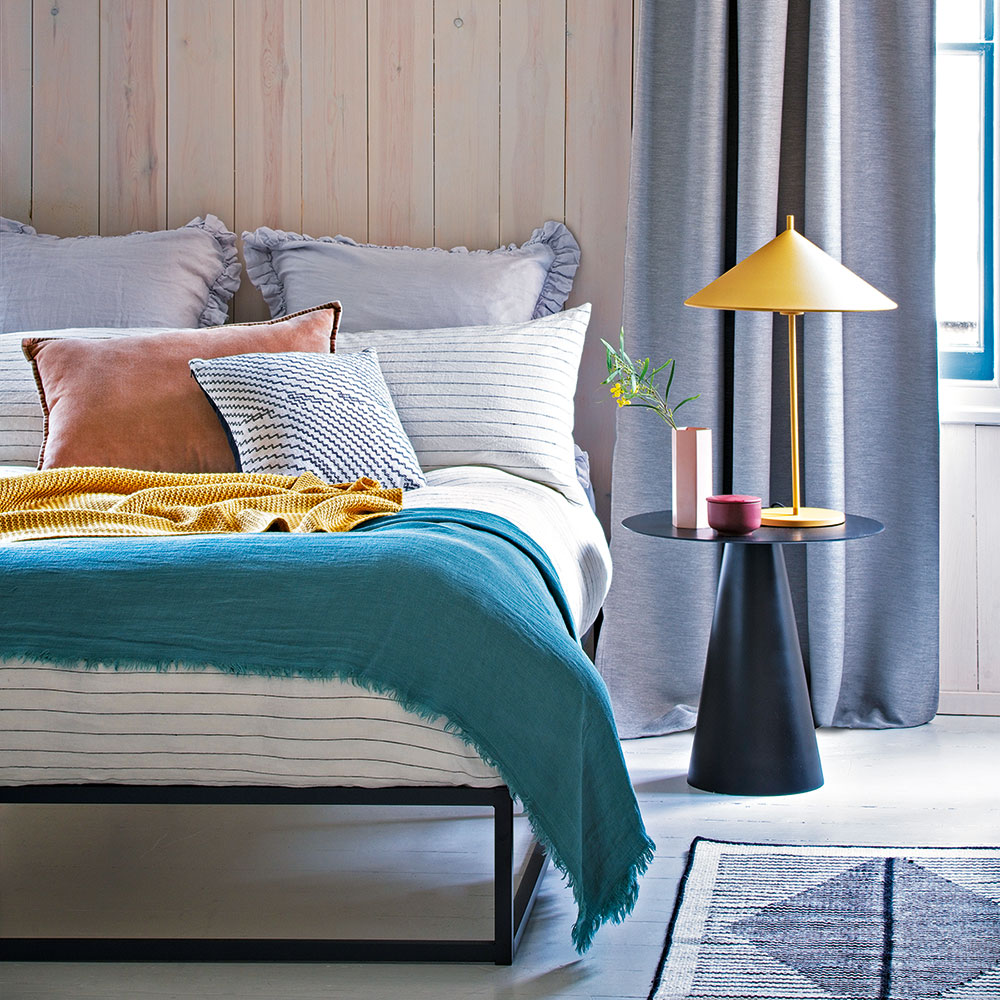
The key thing you'll need to know to work out the cost of running your specific light bulb is the price of electricity per kWh. The national energy price cap per kWh of electricity is 24.86p (as of January 2025).
- Taking the example above, that a 100W light bulb uses 0.1kW an hour, this means that ten 100W light bulbs on at the same time would require 1kW, which would cost 24.86p every hour.
- Swap that for ten 18W LED light bulbs and the cost is significantly less: 18W is 0.018kW x 10 = 0.18kW, so the cost every hour is just over 4p (4.47p to be precise).
‘Lighting accounts for 15% of a typical household’s electricity bill,’ reveals Steve Buckley, head of data science at energy-saving app Loop. ‘Quality LED lights cost more than other types of lighting, but it’s a price worth paying.'
What energy saving features should I look for when buying a light bulb?
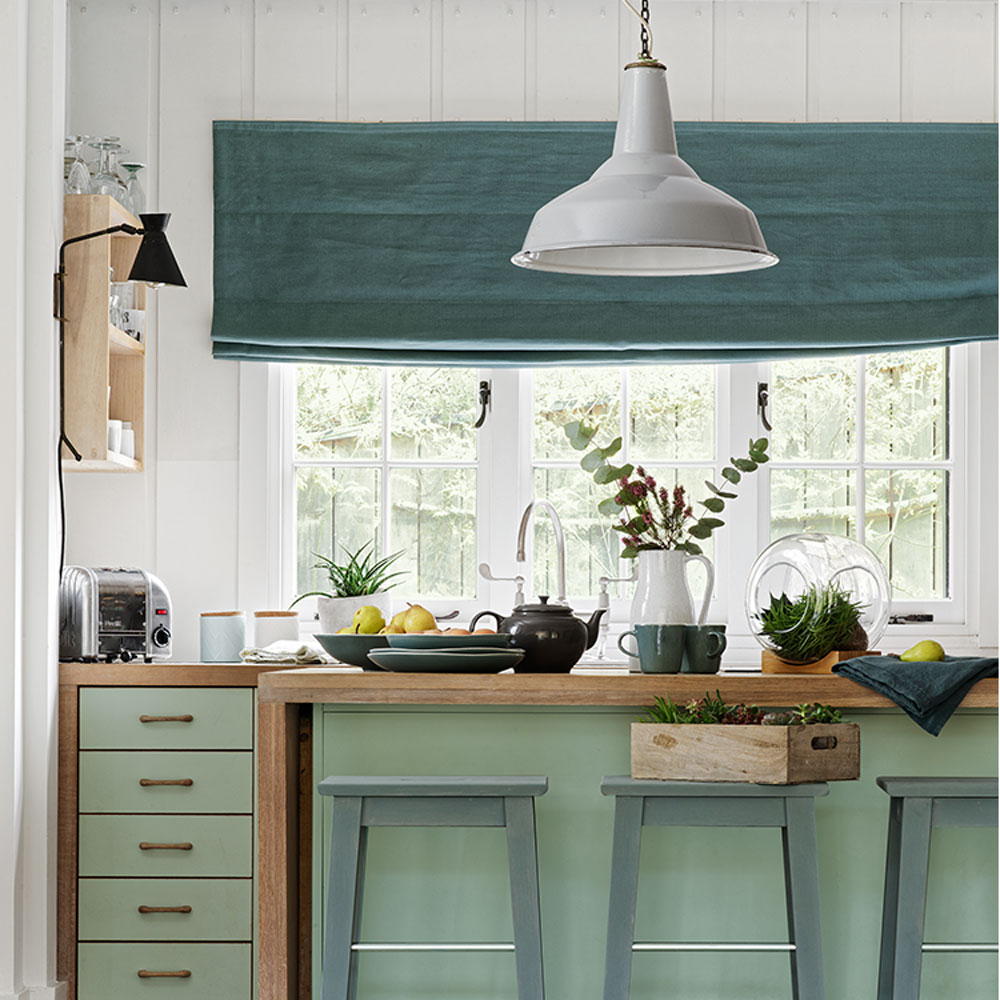
Over time, these handy light bulb functions and features will help lower the answer to how much electricity does a light bulb use.
1. Smart connectivity
Smart light bulbs that are controlled by an app, such as Hive or Hue, open up a whole world of energy saving options. These include being able to set lights to switch off at sunrise, so they’re not on longer than they need to be, to turn off all your light bulbs at once, or flick off lights in another room that have been accidentally left on.
2. Energy efficiency rating
New light bulbs are rated from A to G, with A being the most efficient, so you can see the energy efficiency at a glance. The label should also show energy consumption for 1,000 hours of use so you can easily work out how much it’ll cost to power each one.
3. Low wattage
The lower the wattage, the less electricity a light bulb will use. Look for energy saving bulbs that provide the brightness you need (shown in lumens) with the lowest wattage possible.
FAQs
How can I cut the cost of running a light bulb?
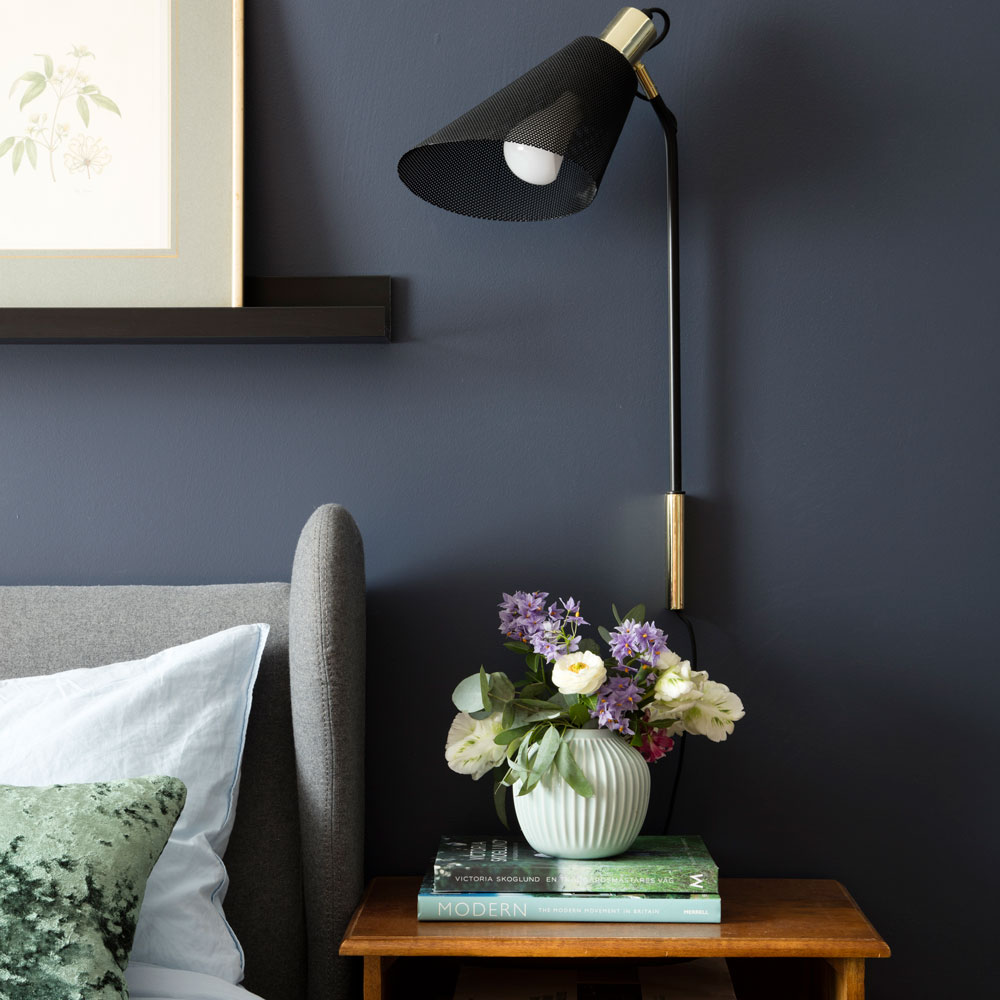
1. Switch to LED bulbs
‘LED lights can help reduce the average person’s carbon dioxide emissions by up to 40kg a year – the equivalent to driving a car 40 miles,’ says Matt from Currys.
‘By switching from a 100W incandescent bulb to an LED light bulb, the Energy Saving Trust estimate that you can save up to £9 per bulb per year, based on a 1,100-lumen bulb running for 562 hours.’
2. Reach for the dimmer switch
While older dimmer switches didn’t save energy – adding resistance to the circuit, which was turned into heat rather than saving energy – modern dimmer switches work differently. They reduce the flow, which can also prolong the lifespan of your bulb.
However, it’s worth noting that the saving is rarely linear – for example, dimmed halogen bulbs are less efficient. Check your light bulbs are compatible before installing a dimmer switch, too – not all LEDs and CFL bulbs will be.
3. Opt for a lower wattage bulb
If you’re always reaching for the dimmer switch, consider using a lower-wattage light bulb instead. They’ll use less energy at full power than a dimmer high-wattage light bulb.
- Millie HurstSenior Content Editor